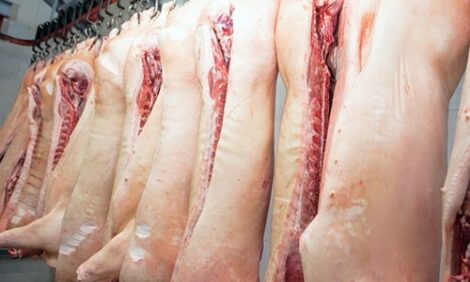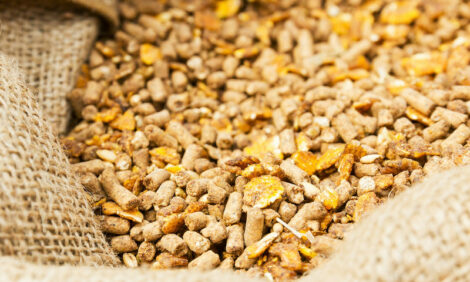



Feed mycotoxin risk may be higher
UK - Pig producers are urged to be cautious about the mycotoxins in cereals this winter – a result of the wet harvest, says the British Pig Executive.To minimise the risk, producers should empty and clean feed bins regularly, treat them with a mould inhibitor, not accept delivery of ‘hot’ or mouldy feed and regularly examine feed for the presence of moulds.
Also, with feed prices rocketing it is in producers' interests to ensure spoilage and feed waste is kept to a minimum - for economic as well as animal health reasons.
The problem moulds are fusarium, aspergillus and penicillium, all of which if ingested can effect immune systems; reduce growth rates, pull down feed conversion and fertility; and cause vomiting, liver and kidney damage.
The effect these poisonous moulds can have on animalspig would depend on how much mycotoxin it is exposed to, how much was in the feed and the age and health status of the pig
Breeding performance could be particularly affected by fusarium graminearum, says BPEX. This common pathogen is responsible for head blight in wheat and barley and can cause oestrus problems in gilts and sows, resulting in increased return rates and empty days. At high levels, the toxin can induce embryonic mortality.
For more information visit www.bpex
Further Reading
|
|
- A previous article on this subject can be see by clicking here. |








